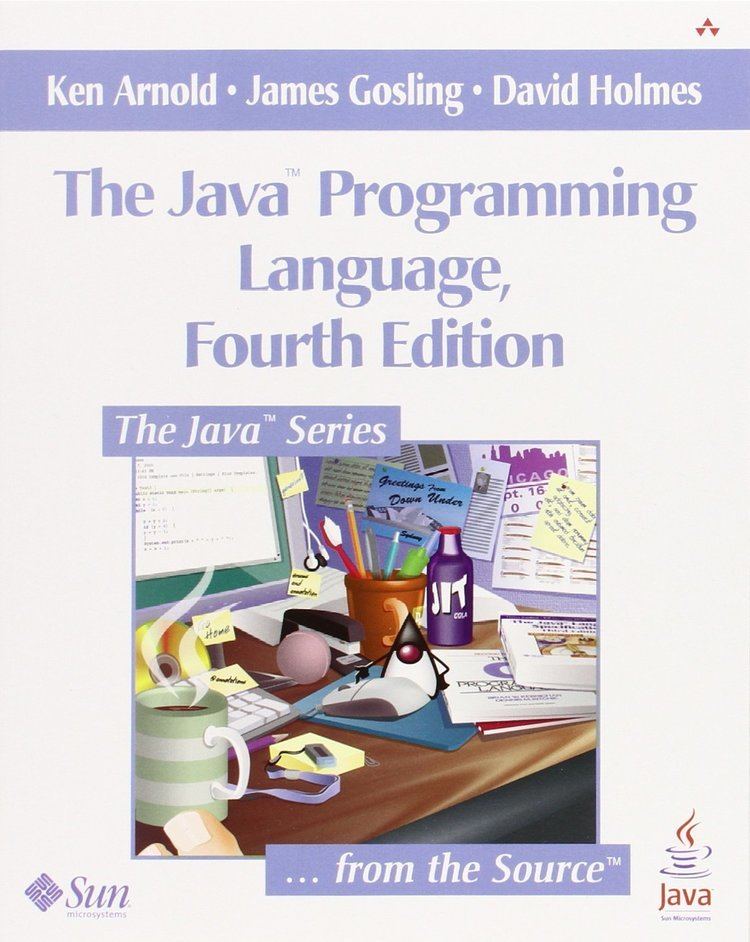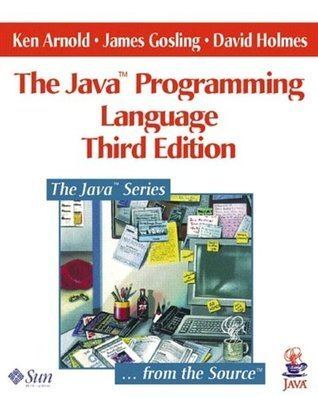Name Ken Arnold | Role Computer programmer | |
 | ||
Books The Jini Specification, And the Wheel Turned, Sunshine Harvester Works: H, Fashions 1910‑20 Similar People James Gosling, Bill Joy, Bryan O'Sullivan, Guy L Steele - Jr, Patrick Naughton | ||
Ken arnold talk at northeastern university game development club 10 24 12
Kenneth Cutts Richard Cabot Arnold is an American computer programmer well known as one of the developers of the 1980s dungeon-crawling video game Rogue, for his contributions to the original Berkeley (BSD) distribution of Unix, for his books and articles about C and C++ (e.g. his 1980s–1990s Unix Review column, "The C Advisor"), and his high-profile work on the Java platform.
Contents
- Ken arnold talk at northeastern university game development club 10 24 12
- Ken Arnold demonstrates the DigiMemo
- At Berkeley
- Later work
- At Sun Microsystems
- References

Ken Arnold demonstrates the DigiMemo
At Berkeley

Arnold attended the University of California, Berkeley, after having worked at Lawrence Berkeley computer labs for a year, receiving his A.B. in computer science in 1985. At Berkeley, he was president of the Berkeley Computer Club and of the Computer Science Undergraduates Association, and made many contributions to the 2BSD and 4BSD Berkeley Unix distributions, including:
Additionally, Arnold served as both a member of the student senate and as its president.
Later work
Arnold was part of the Hewlett-Packard team that designed CORBA. He also worked for Apollo Computer; as a molecular graphics programmer in the Computer Graphics Lab at U.C. San Francisco; and as a member of the UNIX Review Software Review Board.
At Sun Microsystems
Arnold worked as a senior engineer at Sun Microsystems Laboratories, in the areas of object-oriented design and implementation, C, C++, Java, and distributed computing. He was one of the architects of the Jini technology, the main implementer of Sun's JavaSpaces technology (which implemented tuple spaces on the Java platform), and worked with Jim Waldo on Remote Method Invocation and object serialization.
